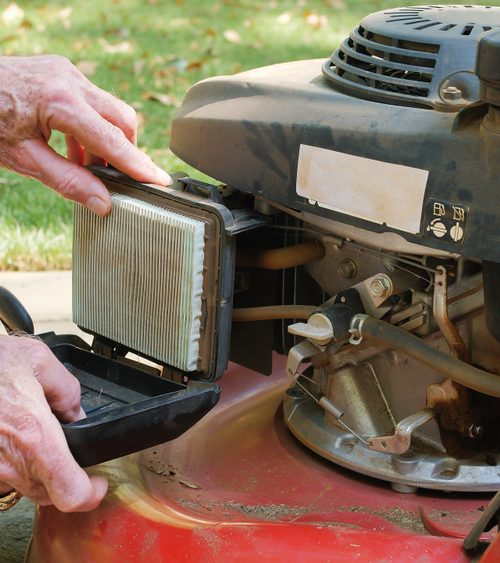By C.W. Cameron
Troy Warren for CNT #HomeGarden
Expert offers tips to shape the biggest plants in your yard
While much gardening activity slows in winter, these are the perfect months to tend to the biggest plants in your garden — your trees. Those bare branches expose the good and the bad.
How does the tree look overall? Does the branch structure seem balanced? Are there dead or diseased branches? Are limbs crossing or rubbing other limbs? If there are problems, winter is an excellent time to do some corrective pruning.
When Anna Hauser prunes a tree, she begins slowly, carefully considering the tree.
“Many nursery-grown trees have a branching structure that is not initially problematic, but that is unsustainable as the tree grows into maturity,” the owner of Fine Pruning said.
She will cut away branches growing within a few inches of another and those with tight branch angles.
“Properly spaced branches will look sparse in a young tree but will ultimately contribute to a structurally sound, long-lived tree,” she said.
Hauser holds a degree in agriculture from the University of Georgia and consults with public and private clients on pruning and on the long-term management of their gardens.
“Pruning not only affects the immediate shape and size of a tree, it also affects the vigor and health of the tree as it responds to the pruning cuts over the next growing season,” she said. She stressed that pruning shouldn’t be tackled as a one-time event, but done in small amounts that do not stress the tree.
Improper pruning can make problems worse, Hauser said. Pruning stimulates bud growth and encourages growth. If you shorten a branch to the exact spot where it grows over the sidewalk, for example, you will quickly find yourself with many branches instead of just one budding out from that point.
If your goal is to reduce a portion of a branch to allow clearance, you should cut the branch back to another lateral branch that is growing in a desired direction. This requires an individual decision for each branch. Simply shearing a whole wall of branches back to a single vertical plane will only make for more headaches next year.
Topping a tree to control its height leads to the same problem. You see that each year in the thousands of crape myrtles that are lopped off to keep them from growing beyond a certain height.
The tree ends up with a thick trunk and dozens, if not hundreds, of little branches shooting off from the top.
The common mistake demonstrates what Hauser stresses: Pruning can’t solve all problems.
“No amount of skilled and thoughtful pruning can compensate for extreme incompatibility of tree and site,” Hauser said.
Pruning can influence the shape of a given tree but will not override its natural form, she added.
To live happily with your trees, she said it’s important to know the species you are planting, including its natural form, its eventual size and its rate of growth, as well as its susceptibility to various diseases and pests.
“After planting, prune with diligence and in anticipation of the tree it will someday become,” she said.
Hauser offers several rules of thumb:
Pruning trees when they’re young is optimum, as the costs, labor and risks are minimized.
Don’t remove more than one-quarter of the branches or leaf canopy at a time and never remove more than one-third of the tree canopy during the same growing season.
When pruning portions of a branch, cut back to a smaller lateral branch that is at least one-third the size of the original branch.
In Other NEWS



































